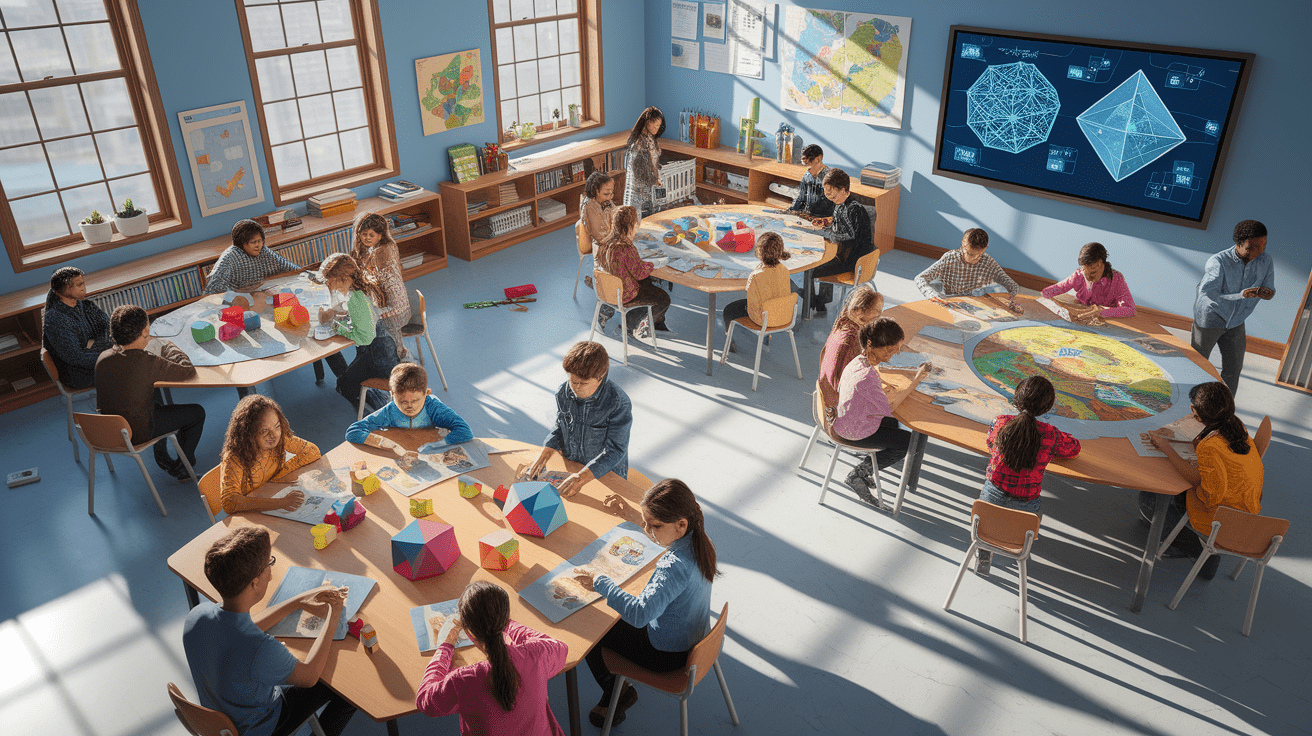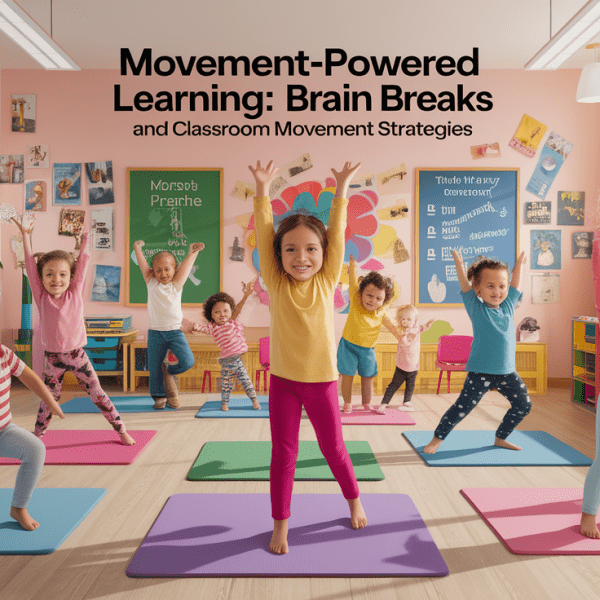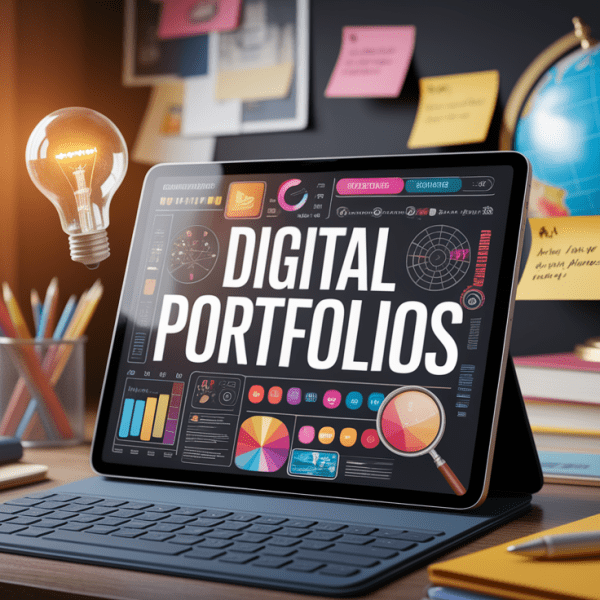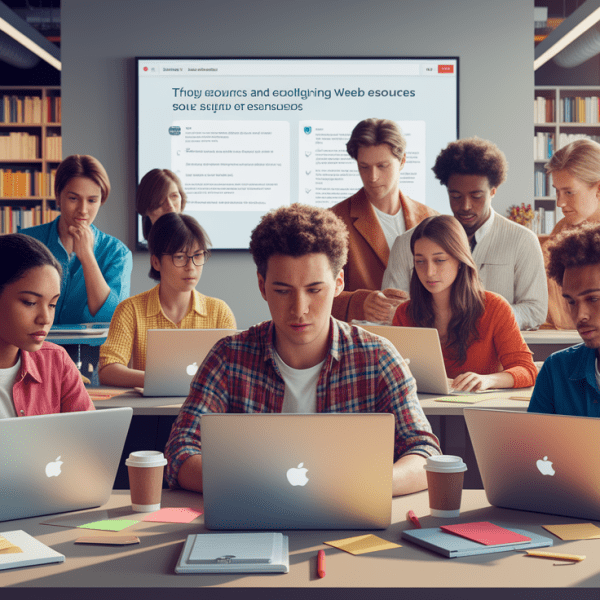Embark on a Spatial Journey
Imagine the mind as a compass, always pointing toward the next discovery! Spatial reasoning is the skill set that helps us navigate this journey—it’s our ability to visualize, manipulate, and understand relationships between objects in space. These abilities span from mental rotation and spatial visualization to spatial orientation, and they form the hidden gears behind STEM learning, artistic expression, and even everyday problem solving. As teachers, we have the exciting task of helping students turn those gears, fostering curiosity while building both intrinsic and extrinsic spatial skills.

Storyboarding to Sculpture: Language Arts and Spatial Thinking
Language arts might not seem an obvious playground for spatial abilities, but storytelling thrives on the visual imagination. By guiding students to storyboard narratives, we invite them to engage spatial visualization—mapping scene layouts, sequencing events, and positioning characters in relation to one another. Students can go further by converting those ideas into sculptures or dioramas, allowing intrinsic skills like object manipulation to flourish.
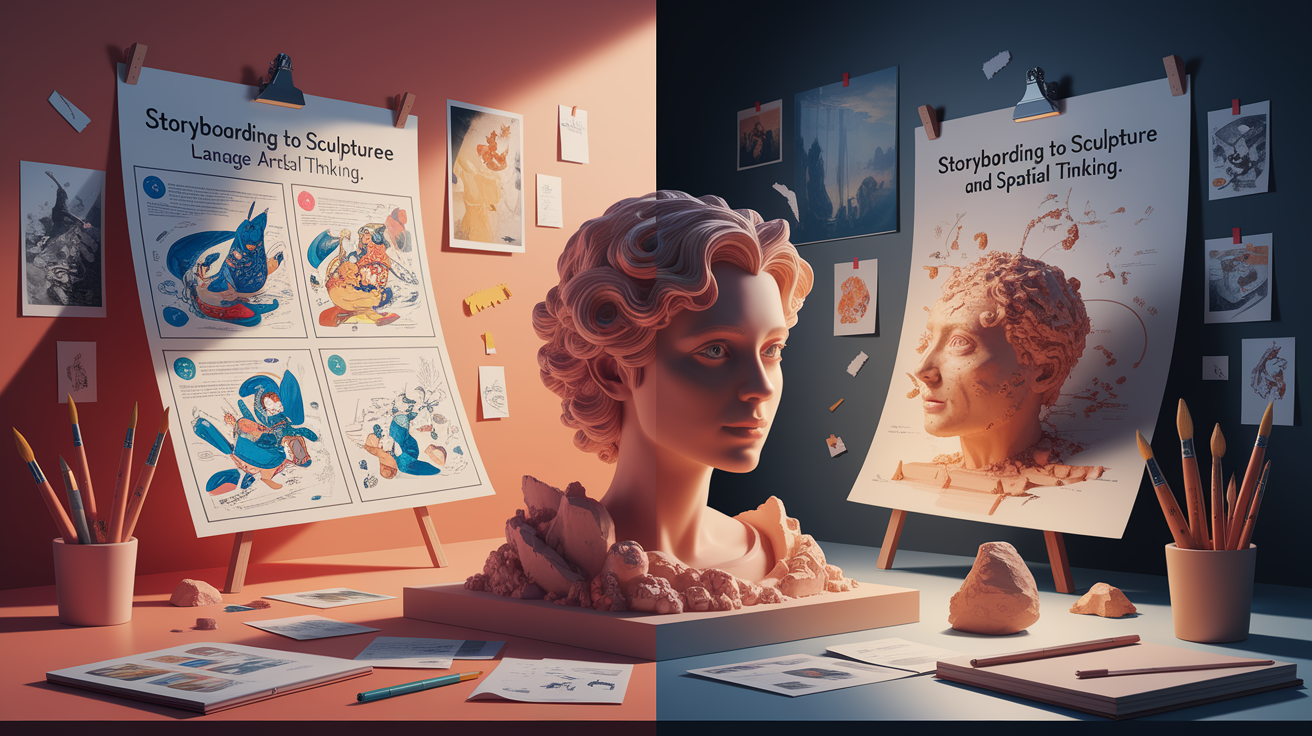
Even something as simple as describing a room’s layout uses spatial intelligence. By combining descriptive language with hands-on creative tasks, you help students strengthen both literacy and spatial awareness while encouraging that wonderful “aha!” connection between words and images.
Visualizing Scientific Concepts
From the spiral of a galaxy to the mechanics of the human heart, science is full of phenomena best understood through visual-spatial skills. In science education, spatial reasoning clarifies how systems interact—think models of molecules, diagrams of ecosystems, or 3D renderings of geological layers. Encouraging students to mentally rotate and manipulate these structures fosters deeper scientific inquiry.

Engaging students in activities like building physical models, working with simulations, or exploring coordinate systems can make abstract concepts tangible. These constructive learning experiences strengthen both understanding and retention, priming students for higher-level STEM challenges.
Navigating History and Geography
The past and our planet offer perfect maps for developing spatial orientation skills. In history, plotting events on timelines connects temporal and spatial thinking, while in geography, reading maps enhances students’ ability to visualize and interpret relationships between places. Encouraging students to trace migration routes, analyze battle strategies, or compare landscapes involves powerful spatial visualization techniques.
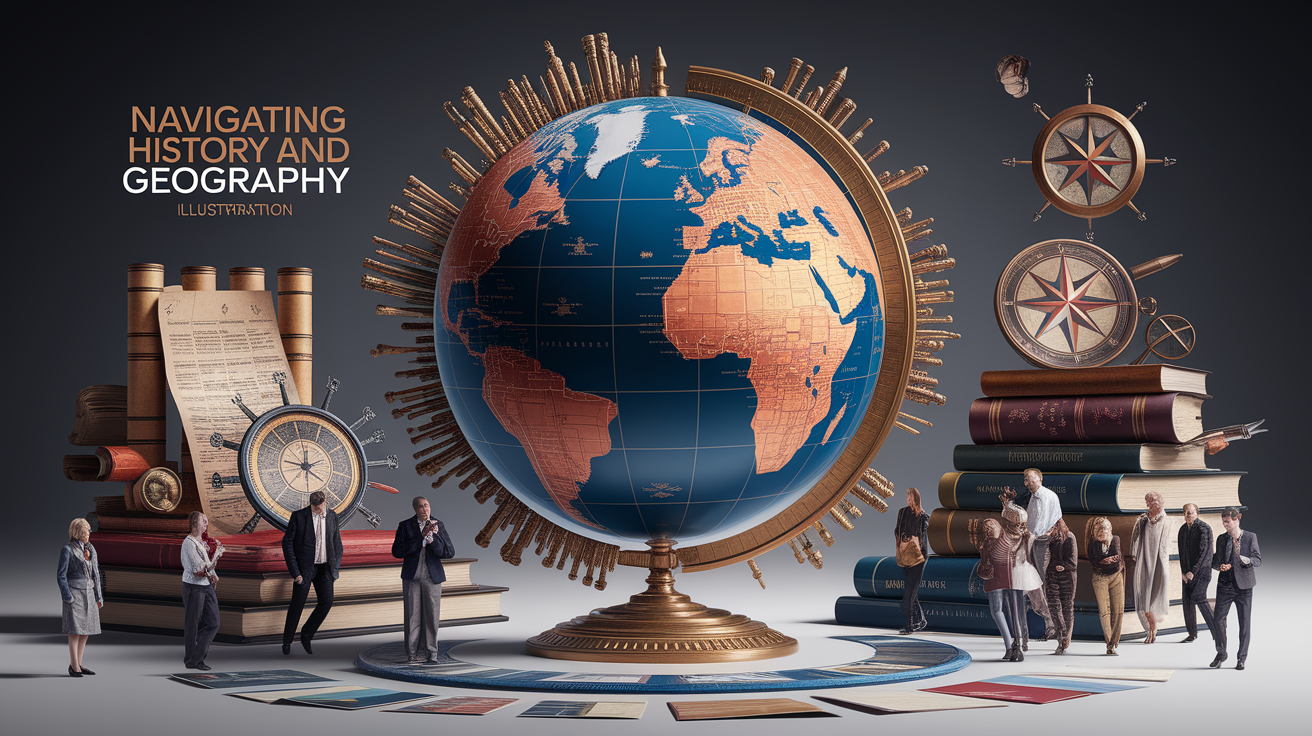
Interactive tools like map work, GIS platforms, or even creating scale models of historical sites can fuse spatial awareness with subject understanding. Plus, integrating these methods into history and geography not only builds knowledge—it also trains minds to think critically about context and positioning.
Creative Movement and Design
Spatial reasoning isn’t just visual; it’s physical. Dance choreography, sports plays, and engineering design demand precise spatial awareness. Asking students to choreograph a movement pattern in physical education or create a functional object in art or design technology engages spatial memory, mental rotation, and visual-motor integration in a fun, hands-on way.
Activities such as collaborative building projects, theater staging, or architectural sketching encourage design thinking and problem-solving skills. This makes spatial concepts feel lively and relevant while boosting creativity and coordination.
Assessing Spatial Growth
How do we track progress in such a dynamic skill set? Teachers can use formal and informal methods—from tasks that require mental rotation to open-ended design challenges—to measure growth. Utilizing age-appropriate assessment tools helps identify strengths and areas for improvement early.
- Observation during hands-on activities
- Performance in spatial puzzles or manipulatives
- Progress in using spatial vocabulary correctly
- Accuracy in translating between 2D and 3D representations
The goal is not just measuring outcomes but encouraging a growth mindset—helping students see challenges as opportunities to strengthen their spatial intelligence.
Charting the Spatial Road Ahead
Spatial reasoning threads through curriculum integration in ways that shape learning outcomes, bolster academic achievement, and prepare students for future STEM careers. By making these connections visible in each subject—whether it’s the plot of a novel, the layers of the Earth, or the design of a bridge—we equip students with tools not just for tests, but for life.
As educators, embracing spatial reasoning across the curriculum isn’t about adding more to our plates—it’s about seasoning what’s already there with skills that sharpen understanding and ignite imagination. The more our students can see the world from every angle, the more prepared they’ll be to create, innovate, and navigate the adventures ahead.

